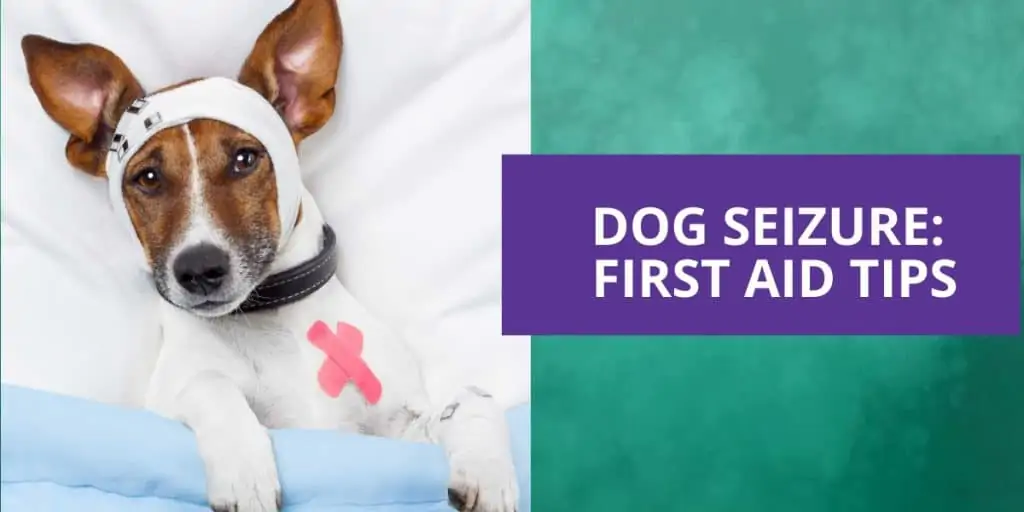
Watching your dog having a seizure can be a terrifying experience. There are certain things that you can do to help your dog in a seizure.
Most of the dog parents are taken by surprise when their pooch undergoes a seizure and doesn’t know what to do or can’t do anything due to the pressure of the situation.
As a responsible dog parent, it is important for you to understand the causes, symptoms and treatments for dog seizures.
This post will feature some important dog seizure first aid tips that can be utilized to bring back a pooch struggling with a seizure to a normal situation.
Understanding seizures in dogs
Seizures in dogs are triggered when the brain fires electrical signals to the muscles on a constant basis. The abnormal rise in electrical activity in your dog’s brain leaves him confused and unsteady. Such a scenario usually causes dogs to collapse.
Seizures in dogs are not usually fatal and don’t last for longer durations. Your dog takes 15 minutes to half hour to recover from convulsions during which he might look confused and unsteady.
Common causes of seizures in dogs:
It is important for you to have an understanding about the factors that can trigger seizure in dogs, some of them are:
- Ingesting poison
- Head trauma
- Liver or kidney disease
- Anemia
- Electrolytic imbalance
- Stroke
- Brain cancer
Here are some first-aid steps that you need to follow when your dog undergoes a seizure:
- Even though watching your dog in seizure can be unsettling, you have to stay calm beside your dog. Imagine your dog having a seizure and you running around the house, this will make your dog more anxious. On the flip side, being there for your dog will help him relax and overcome the situation quickly
- Restrain yourself from placing your fingers or any other objects in your dog’s mouth
- Try to eliminate any abnormal noises in the room. Remember that any form of noise or touch sensations can make the situation worse
- During seizures, there are chances for dogs to bump against any object that is in the proximity. Foresee this and move objects like furniture out of their reach. You can even consider moving your dog away from the wall if he is lying close to one.
- Check your dog’s airway and tongue positioning. Be extra careful when doing this as dogs in seizure can bite unknowingly
- It is always ideal not to touch a dog in a seizure. You can consider wrapping them in a blanket, which might help him to recover from the situation quickly
Bear in mind that having a single occasional seizure can be normal, however, you should consider treating your dog if you come across these scenarios:
- Seizures that last for a prolonged time
- Seizures that occur one after the other
- More than one seizure a month
It is imperative to discuss the seizure episodes with your veterinarian and ensure that you take your pooch to a veterinarian after epilepsy. Before you leave the house, check for anything that your dog might have consumed or exposed to like paint or other household chemicals or poison.
